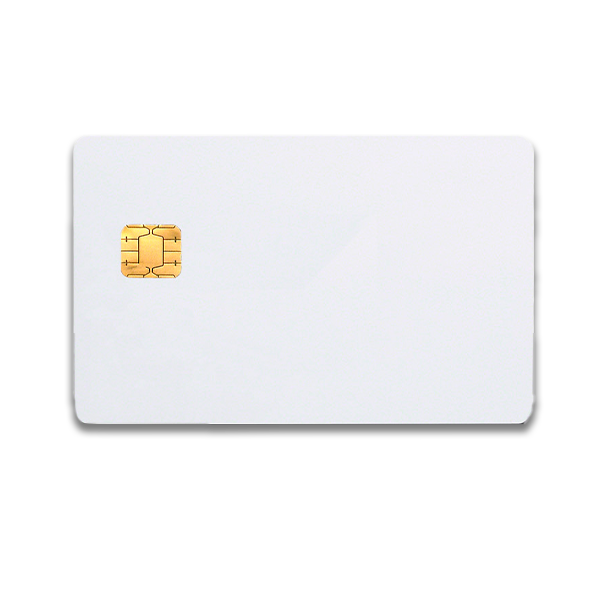Chip card
A payment card with a microchip is known as a chip card. Smart cards can provide additional services, payment alternatives, better security, convenience, and more options thanks to the chip’s processing capability.
Description
Chip cards will assist improve security, stop tampering, and stop fraud when the card is taken. In Europe and Asia, chip card technology is widely deployed and has been shown to effectively reduce fraud. Chip cards help you organize your wallet by bundling several features, like bonus programs, discounts, and special offers, onto a single card in addition to providing fraud protection. Chip cards are an efficient solution that improves security, convenience, and gives cardholders more options.
A chip card is a plastic card with an integrated circuit (chip card) attached that enables it to handle advanced computer requirements like encryption and authentication in addition to data storage and protection needs. The confidentiality and integrity of data while it is in transit are ensured by data authentication.
Chip cards are made from a piece of flexible plastic, inside there is an electronic chip. This chip is like a miniature computer, operating completely independently and capable of storing encrypted information of the user. This information will be decoded through specialized control software.
Contact chip cards and contactless chip cards are the two most common types of chip cards available today.
A contact chip card requires physical contact with the card reader in order for the user to write, erase, or retrieve data from the card (the card must be inserted into the card reader slot). Better security than contactless chip cards is this card’s advantage, however it operates slowly. Therefore, contactless chip cards are required for applications that require rapid data processing, such as timekeeping, parking cards, and traffic tolls.
In contrast to contact chip cards, contactless chip cards just need to be scanned through the reader rather than being connected directly into the device (reading range is usually 2-10cm).
Contactless cards are used to satisfy the demands of convenience and speed because of the contactless function. In comparison to contact cards, contactless cards process information more quickly. Contactless cards are therefore frequently used in systems like transit, public transportation, smart parking machines, etc. where quick processing is necessary.




